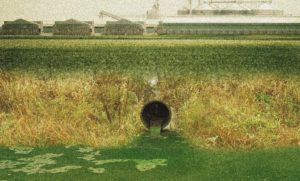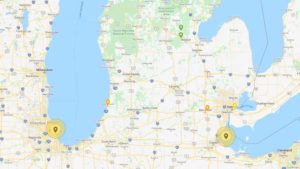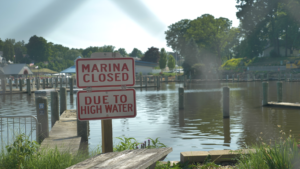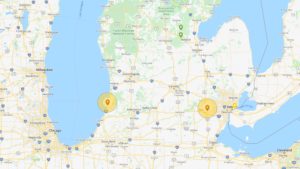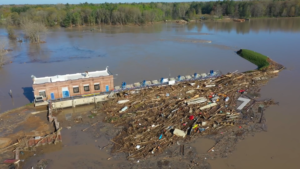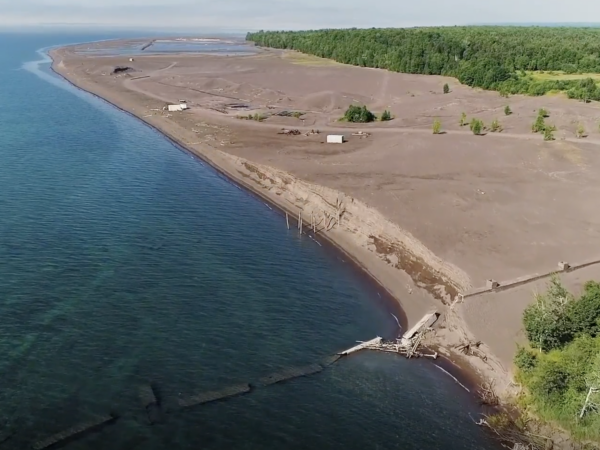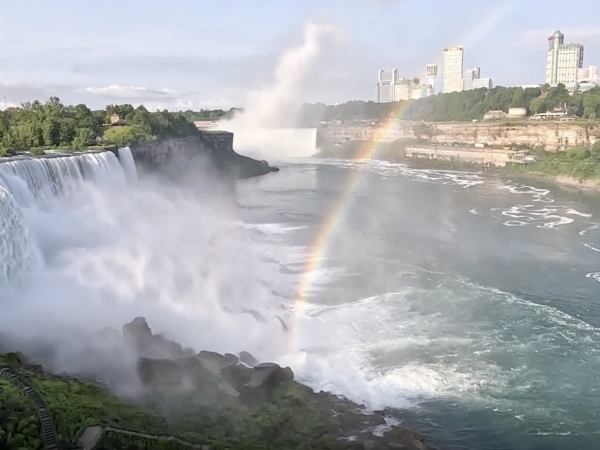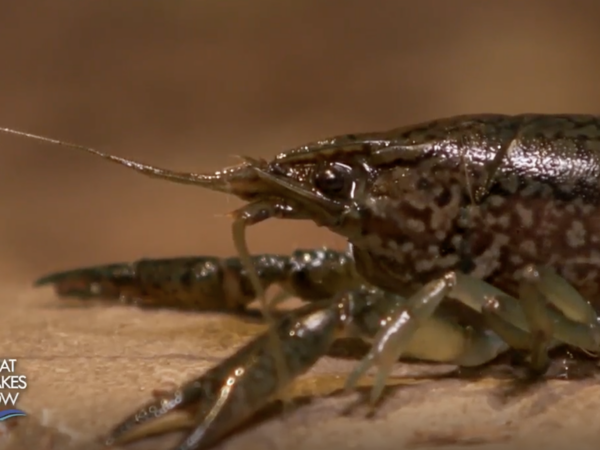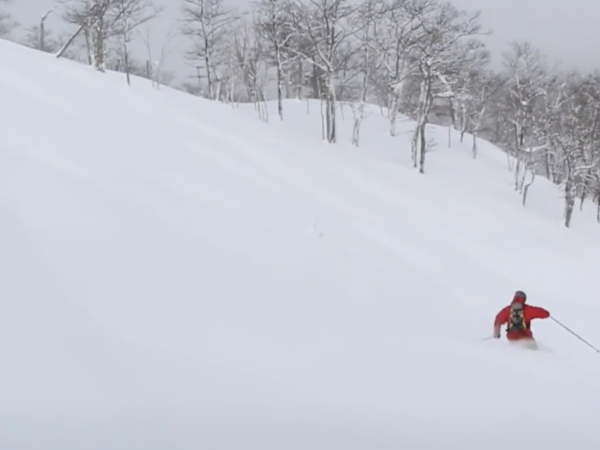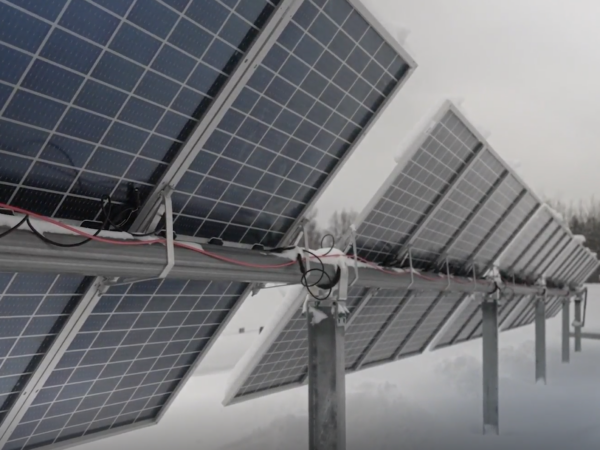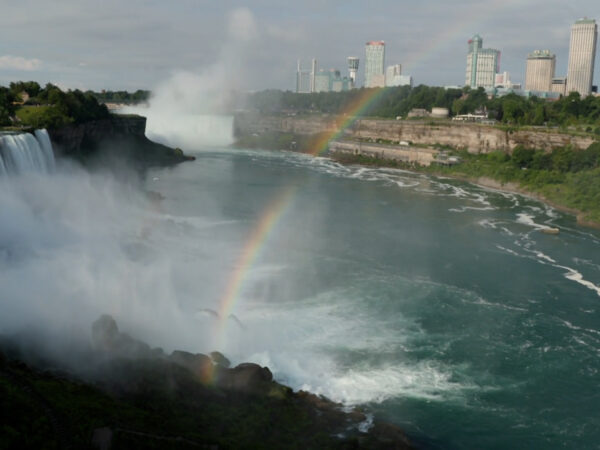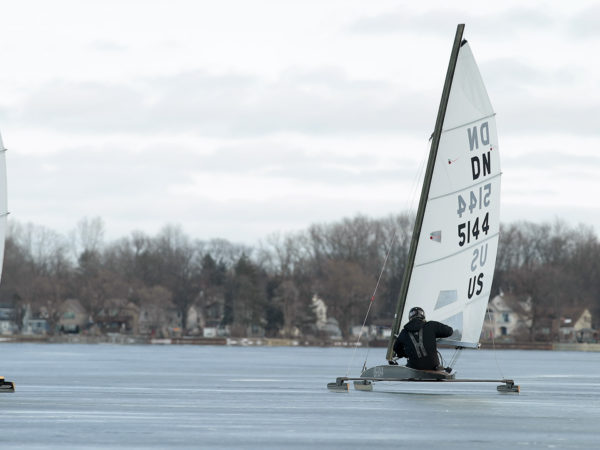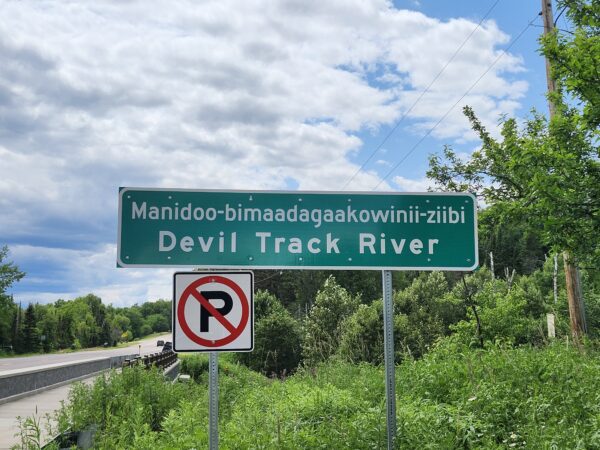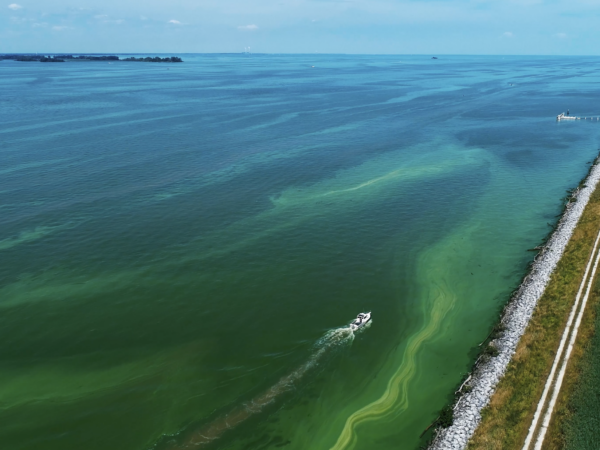WHERE WE TAKE YOU IN JULY
Have a question about the Great Lakes or life in the region?
Ask Great Lakes Now, and if we can answer it, we might loop it into our coverage so others can learn too.
Submit Your QuestionPremiered on DPTV
Tuesday, July 28 at 7:30 PM
STATIONS CARRYING THE SERIES
DPTV
Detroit, Michigan
WEAO
Akron, Ohio
WNEO-TV
Alliance, Ohio
WCML-TV
Alpena, Michigan
WDCP-TV
Bad Axe, Michigan
BCTV
Bay County, Michigan
WBGU-TV
Bowling Green, Ohio
WNED-TV
Buffalo, New York
WCMV-TV
Cadillac, Michigan
WTTW-TV
Chicago, Illinois
WVIZ-TV
Cleveland, Ohio
WKAR-TV
East Lansing, Michigan
WQLN-TV
Erie, Pennsylvania
WCMZ-TV
Flint, Michigan
WGVU-TV
Grand Rapids, Michigan
WGVK-TV
Kalamazoo, Michigan
WNMU-TV
Marquette, Michigan
WMVS-TV
Milwaukee, Wisconsin
WCMU-TV
Mount Pleasant Michigan
WNIT-TV
South Bend, Indiana
WCNY-TV
Syracuse, New York
WGTE-TV
Toledo, Ohio
WDCQ-TV
University Center, Michigan
WNPI-TV
Watertown, New York for Ontario signal
WPBS-TV
Watertown, New York for U.S. signal
Feeding the Blooms
SEGMENT 1 | Lake Erie
Lake Erie’s annual toxic algal blooms are fed by runoff from agricultural land in the Maumee River watershed. Some farmers have taken steps to reduce the amount of fertilizer running off fields. But large-scale dairy and animal farms aren’t always regulated, and manure is a major source of phosphorus and nitrogen—the main nutrients that fuel the blooms..
In the Maumee watershed, by some estimates concentrated animal feeding operations, or CAFOs, produce as much waste as the cities of Chicago and Los Angeles combined.
CAFOs are regulated in Ohio law if they’re over a certain size, but if they’re just under the regulatory threshold, the rules don’t apply, and manure from cows, hogs and chicken makes its way into the Maumee River and then Lake Erie.
Crop farmers have been changing their practices to cut the amount of nitrogen and phosphorus that finds its way to the rivers, but unregulated CAFOs may be making up the difference, according to scientists studying the area.
“We’ve been trying to do it up till this point entirely voluntarily, and we’ve been trying to do this now for 10 years,” says Dr. Jeff Reutter, former director of Ohio Sea Grant’s Stone Lab. “So here we are … We see zero progress.”
Here is other Great Lakes Now work on harmful algal blooms:
- Toxic Algae 2020: Moderate bloom forecasted for Lake Erie
- Lake Erie Algae: 2019 was bad but could have been worse
- 7.5 on Severity Index: Projections for Lake Erie toxic algae worse than 2018
- Animal Culprit: Study Points to Animal Farms as Growing Contributors to Lake Erie Algae
- Great Lakes Moment: Harmful algal blooms negatively impact the Lake Erie economy
- Understanding Algal Blooms: Conference reveals new projects, looks at Chesapeake Bay’s example
- Water and Wonder: Great Lakes Now producer talks the lakes and his work covering them
High Cost of High Water
SEGMENT 2 | South Haven, Michigan
The Great Lakes have been at or near record-high water levels for much of the past year, and that high water can cost lakefront towns a lot of money. Streets are flooded, marinas are swamped and need repairs, beaches are eroded, and water treatment plants can be threatened.
“The number that we have — approximately $70 million — isn’t complete,” for statewide damage costs to towns, says Herasanna Richards, legislative associate with the Michigan Municipal League.
The group has been tallying the cost of high water to the state’s cities since 2019. Many communities haven’t even been able to estimate their costs, “and so that number has been growing by the day, by the month,” Richards says.
In South Haven, Michigan, alone the total cost to the municipality could top $20 million.
The city is making upgrades and repairs to marinas, and it’s had to protect its water treatment plants. This spring, heavy rains lead to flooding along the river.
“That day, April 30th, I was constantly running around worried. I kept checking all the spots. You lose sleep when that happens,” says Bill Hunter, South Haven’s director of public works.
The floodwater threatened South Haven’s wastewater treatment plant, but the city had installed pumps to remove water from the area in case of a flood.
“They’d only been running for a few weeks,” says Hunter. “And probably if that would have happened prior to the pumps, yes, we would have had sanitary sewer overflows, meaning the sanitary sewer would flood into the Black River and to Lake Michigan untreated. That would be the worst-case scenario.”
Here is other Great Lakes Now work on the impact of high water:
- Before and After: High water levels at Michigan lighthouse
- Millions needed to fix Michigan roads damaged by high water
- High water wreaks havoc on Great Lakes, swamping communities
- Got High Water or Soil Erosion? Here’s some help for homeowners and residents
- Water and Wonder: Great Lakes Now producer talks the lakes and his work covering them
When the Dams Break
SEGMENT 3 | Midland, Michigan
There are thousands of dams in the states and provinces surrounding the Great Lakes.
In May, the Edenville Dam near Midland, Michigan, failed — two years after regulators pulled its license to generate power, citing safety concerns. The 21.5 billion gallons of water that had been Wixom Lake poured through the breached dam, toppling trees and destroying roads and buildings. Seven miles downstream, the deluge reached the Sanford Dam, which was quickly overtopped.
When the floodwater finally drained to Lake Huron, Wixom and Sanford lakes were empty, and the town of Sanford was in bad shape. Those failures have raised concerns about dam safety around Michigan and the Great Lakes region.
Two MLive Media Group journalists shared their insights with Great Lakes Now from their coverage of the disaster. MLive’s full coverage is HERE.
Here is other Great Lakes Now work on the Midland dam incident and dams around the region:
- Dam Investment: How does Michigan stack up against Great Lakes peers?
- More Than Dow: Chemicals, contaminants and untreated sewage all washed out by Midland dam breaks
- Midland Flooding: Climate change and rains exacerbate dam infrastructure issues
- Rescuing History: Museum experts across Michigan race to save the Midland archive
- Legal Responsibility: Michigan lawsuit blames dam owner for Midland dam failure
- NASA images show impact of Midland County flooding
Previous Episodes
Featured Articles
Digital Credits
The Great Lakes Now Series is produced by Rob Green and Sandra Svoboda.


